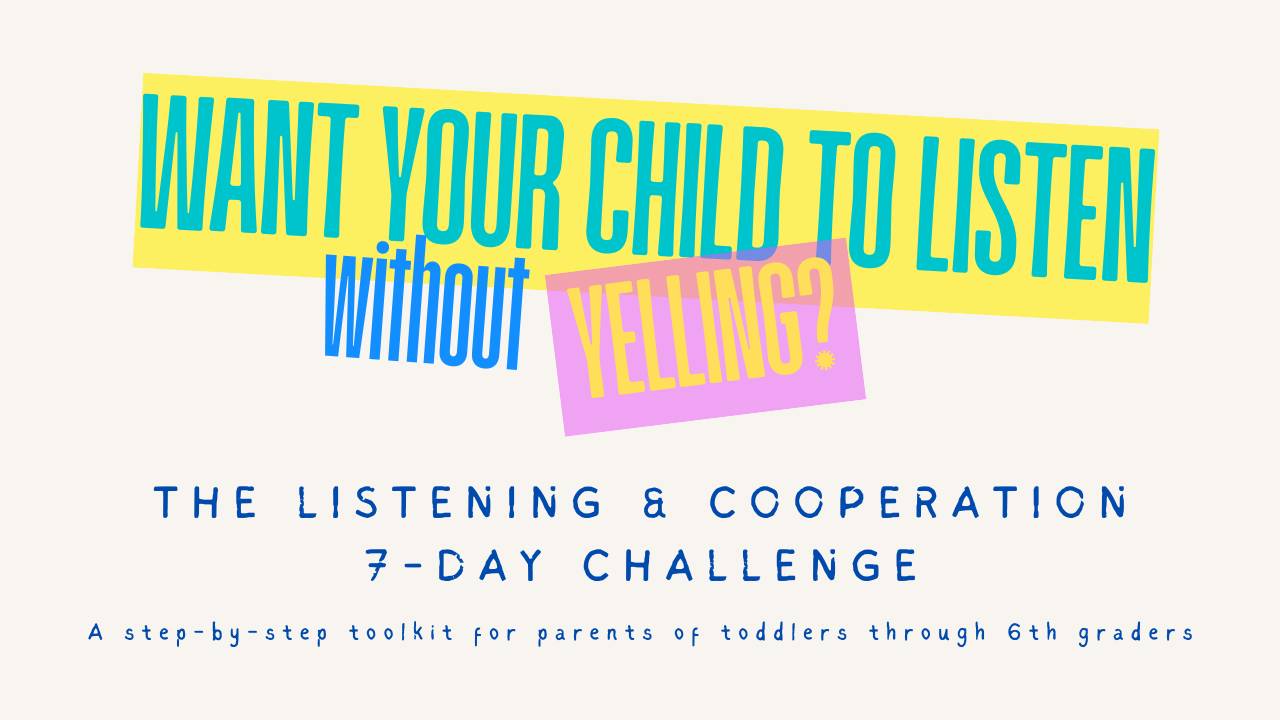Understanding Challenging Behaviors: A Deeper Look into the Whys
Jan 30, 2024
As parents and teachers, navigating the realm of challenging behaviors in children can be both perplexing and demanding. Why does my child act this way? Why do we, as individuals, engage in certain behaviors? In this blog post, we delve into the rationale behind challenging behaviors, shedding light on the factors that drive our actions.
-
It Works for Us: One primary reason why children, and even adults, engage in challenging behaviors is that, at some level, it works for them. Whether it's grabbing attention, avoiding a task, or gaining a desired object, challenging behaviors often serve a purpose in fulfilling immediate needs or desires. As caregivers, recognizing the functionality of these behaviors is the first step toward understanding and addressing them effectively.
-
Learning Through Experience: Human behavior is significantly influenced by our experiences. Over time, we learn what is effective in getting our needs and desires met. Children, in particular, are keen observers who adapt their behavior based on the outcomes they experience. If a challenging behavior has resulted in a positive outcome in the past, the likelihood of repeating that behavior increases. By understanding this learned aspect of behavior, parents and teachers can implement strategies to reshape behaviors in more positive directions.
-
Motivation Guides Our Actions: At the core of our behaviors lies motivation. We do what we are motivated to do, and children are no exception. Whether motivated by the desire for attention, autonomy, or the satisfaction of a basic need, understanding the underlying motivations can provide valuable insights into challenging behaviors. By identifying and addressing the root causes of motivation, caregivers can work towards creating an environment that supports positive behaviors.
Strategies for Addressing Challenging Behaviors:
-
Functional Behavior Assessment (FBA): Conduct an FBA to understand the function or purpose of the challenging behavior. This involves identifying antecedents, behaviors, and consequences to gain insights into the triggers and outcomes associated with the behavior.
-
Positive Reinforcement: Reinforce positive behaviors to promote alternatives to challenging behaviors. By acknowledging and rewarding desired behaviors, caregivers can encourage a shift towards more adaptive actions. In other words, catch the child being good!
-
Clear Communication: Foster open communication with children to understand their needs and desires. Encourage them to express themselves verbally and provide support in finding constructive ways to meet their needs.
Understanding challenging behaviors requires a thoughtful exploration of the reasons behind our actions and those of our children. By recognizing that behaviors serve a purpose, are learned through experience, and are driven by motivation, parents and teachers can take proactive steps to address and guide children towards more positive and adaptive behaviors. Embracing a compassionate and patient approach is key in creating a supportive environment for both learning and growth.
UNLOCK YOUR FREE TOOLKIT NOW: ENHANCE YOUR CHILD'S PLAY & LANGUAGE SKILLS TODAY!
Simply enter your email address to get instant access.


